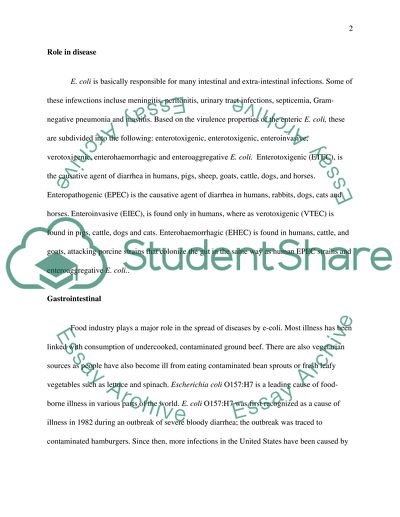Cite this document
(“Escherichia coli Essay Example | Topics and Well Written Essays - 2000 words”, n.d.)
Escherichia coli Essay Example | Topics and Well Written Essays - 2000 words. Retrieved from https://studentshare.org/biology/1515042-escherichia-coli
Escherichia coli Essay Example | Topics and Well Written Essays - 2000 words. Retrieved from https://studentshare.org/biology/1515042-escherichia-coli
(Escherichia Coli Essay Example | Topics and Well Written Essays - 2000 Words)
Escherichia Coli Essay Example | Topics and Well Written Essays - 2000 Words. https://studentshare.org/biology/1515042-escherichia-coli.
Escherichia Coli Essay Example | Topics and Well Written Essays - 2000 Words. https://studentshare.org/biology/1515042-escherichia-coli.
“Escherichia Coli Essay Example | Topics and Well Written Essays - 2000 Words”, n.d. https://studentshare.org/biology/1515042-escherichia-coli.


